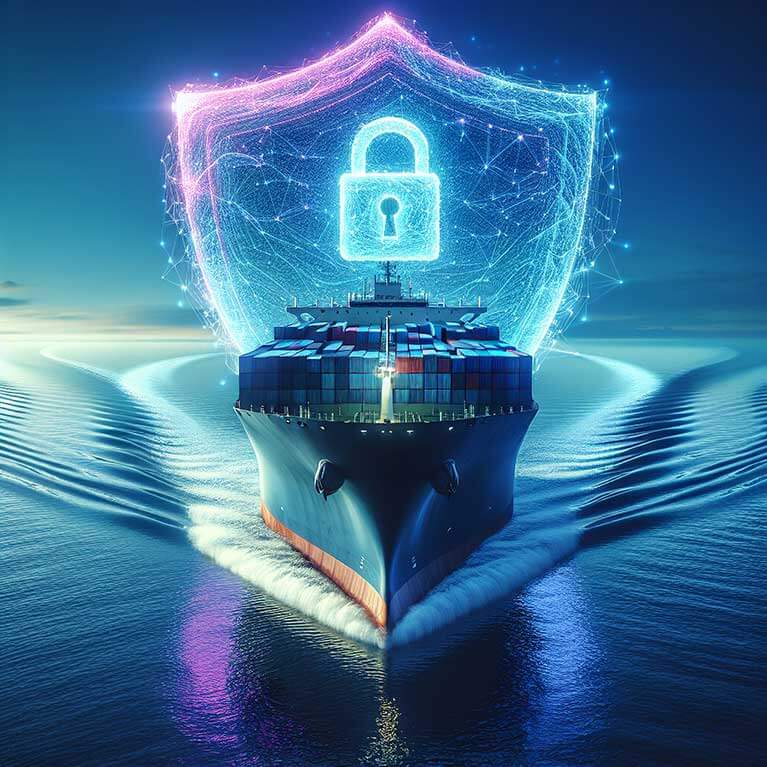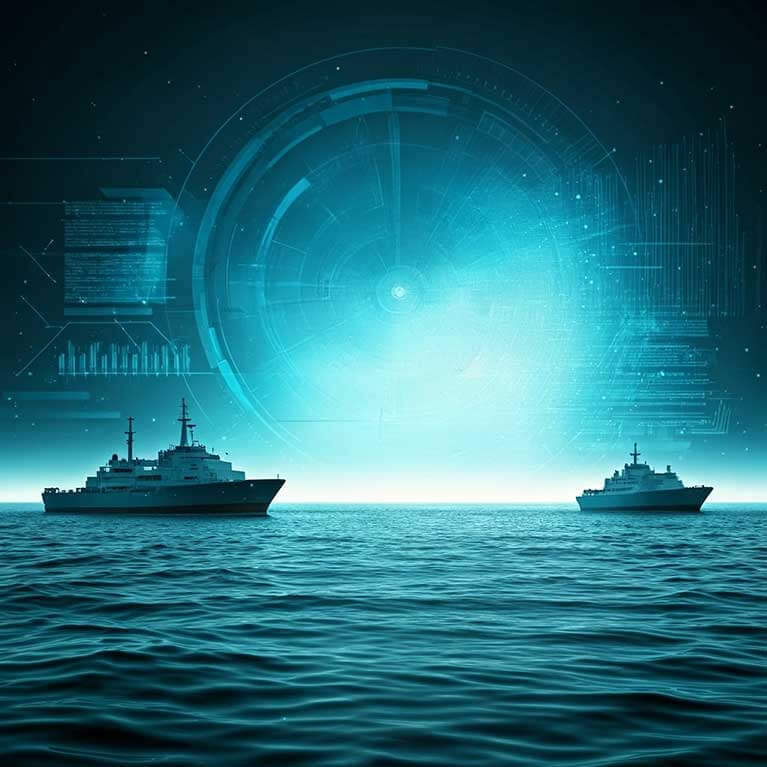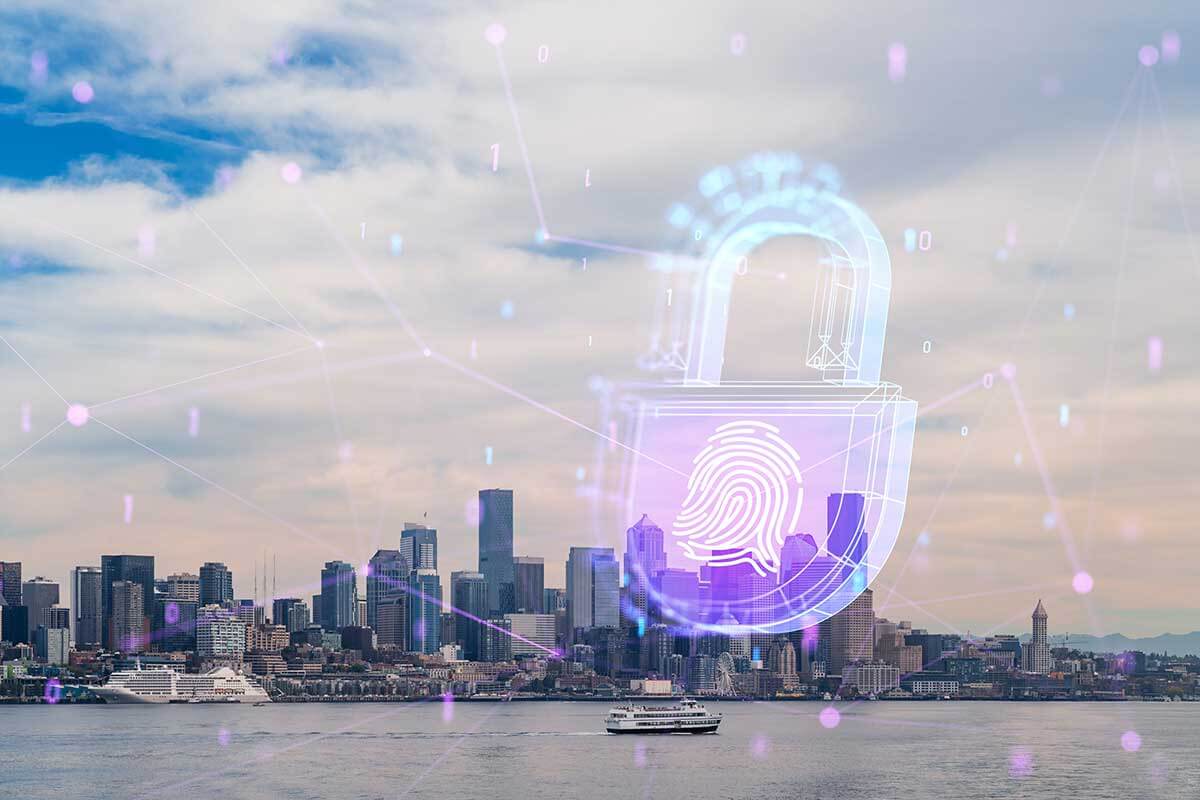At the recent AFCEA Homeland Security Conference in Atlanta, maritime cybersecurity took center stage in a panel that brought together key voices from the Coast Guard, industry leaders, and education institutes. The message was clear: as the vast majority of America’s trade moves through seaports, the nation’s economic backbone is increasingly vulnerable to cyber threats—and the maritime sector isn’t ready. The panel, titled “Maritime Security in the Age of Cyber Threats,” peeled back the curtain on the sprawling maritime infrastructure that keeps global trade afloat…yet remains dangerously exposed to digital sabotage.
“Ports Are the Pulse of the Economy”
Rick Simon, CEO of the Maritime Cybersecurity Institute, led the charge with sobering statistics. U.S. seaports handle over 90% of the country’s imports and exports and contribute a staggering $5.4 trillion to the Gross Domestic Product (GDP). Yet many of the technologies running this vital infrastructure—everything from cranes and terminal systems to sensors and ship navigation tools—remain vulnerable to cyber threats, are outdated and often foreign-made.
“Ports aren’t just nodes in the supply chain,” Simon warned. “They’re critical infrastructure, and right now, they’re exposed.”
Speaker after speaker drove home the point that the interconnected nature of global shipping creates a labyrinth of potential cyber vulnerabilities. Among them, Rear Admiral John Logger of the U.S. Coast Guard painted a stark picture of what’s at stake, recalling past maritime cyber incidents like the NotPetya virus that shut down global shipping giant Maersk in 2017. The consequences of a coordinated cyberattack on U.S. ports, he said, could ripple across the economy within mere days.

Foreign-Controlled Equipment: Trojan Horses at the Docks?
Perhaps one of the most chilling concerns raised was the reliance on foreign-made components within port infrastructure, particularly those sourced from strategic competitors like China. Speakers described a scenario in which embedded chips or software could be used for espionage or to trigger system failures during times of geopolitical tension.
One panelist noted how current “negotiations” with the Panama Canal Authority could serve as a flashpoint. “There are no discounts for U.S. merchant ships, and the infrastructure increasingly leans toward foreign interests,” he said. “We’re ceding leverage on routes that define global logistics.”
A fractured regulatory environment and inconsistent adoption of cybersecurity standards across ports, carriers, and terminal operators compound these vulnerabilities.
The Case for Real-Time Cyber Testing
The panel advocated for a major shift in how the industry approaches resilience. “Tabletop exercises aren’t cutting it anymore,” Simon explained. “We need real-world, real-time simulations.”
Rather than static assessments or hypothetical wargames, ports and logistics companies should engage in dynamic testing environments that mimic real cyberattacks. These “cyber ranges” would allow teams to observe system behavior under stress, identify failure points and develop response protocols in live conditions. “This is how we make security muscle memory, not just a checklist,” Simon added.
The Human Gap: A Critical Weakness
Behind every cyber defense system is a human. Unfortunately, the panelists made clear that there simply aren’t enough skilled professionals who understand both maritime systems and cybersecurity.
Simon highlighted a cultural issue for the maritime cyber profession. “We need to make maritime cybersecurity cool. Right now, it’s invisible to most people—even though it powers the economy.”
Rear Admiral Logger pointed to a lack of training pathways tailored to the unique characteristics of the maritime domain. Unlike IT professionals who work in traditional office settings, maritime cybersecurity experts must grasp everything from Supervisory Control and Data Acquisition (SCADA) systems and vessel tracking to port logistics and supply chain software.
The Maritime Cybersecurity Institute is attempting to close that gap. It is building new training programs, certifications and curricula aimed at preparing professionals for the sector’s specific needs. But the pipeline remains thin.
The panel also called for greater investment in leadership simulations designed to pressure-test crisis decision-making. These are not technical drills, but full-spectrum exercises where executive teams practice handling a real-time attack scenario—from initial detection to public communications and operational recovery.

Coast Guard’s Expanding Cyber Role
And then there’s the issue of leadership in this space. The U.S. Coast Guard, traditionally known for physical security and search-and-rescue missions, has taken charge and continues to rapidly evolve into a cyber-first organization. Rear Admiral Logger outlined recent updates to the Coast Guard’s cybersecurity strategy, including partnerships with private industry and efforts to harmonize cybersecurity standards across multiple federal agencies.
However, he acknowledged the Coast Guard faces resource constraints and that its regulatory authority over private ports and terminals is still evolving. “This is not a space where one agency can solve everything,” he said. “It’s going to take a whole-of-nation approach.”
Policy and Investment Lags
Another theme that emerged was a gap between policy and execution. While cybersecurity standards exist—many inspired by the International Maritime Organization’s (IMO) guidelines—they often lack teeth, enforcement or proper funding.
Panelists described a kind of cybersecurity limbo where port authorities recognize the risks, but without actual mandates, delay investing in upgrades. Smaller terminals and third-party contractors are especially vulnerable, as they lack both the expertise and the capital to secure their systems.
“Some of these companies don’t even have a cybersecurity lead,” Simon noted. “We need to make this a baseline business function, not a luxury.”
Funding the Future
Fortunately, the conversation wasn’t all doom and gloom. There was a strong sense of optimism around the opportunities for innovation and collaboration. But, as with all things, it will require money.
Simon made a direct appeal for donations and public-private partnerships to help fund the Maritime Cybersecurity Institute’s educational initiatives and research projects. These efforts include simulated attack scenarios, technology pilots and the creation of maritime-specific cybersecurity tools. “We need to invest in the ecosystem,” he said. “Not just in firewalls, but in people, processes, and culture.”
Everyone’s Job: Cyber Awareness Beyond IT
One of the panel’s most powerful messages was that cybersecurity can no longer live in the IT department alone. Every stakeholder—from crane operators to shipping agents—needs a basic understanding of how cyber threats manifest and how to respond.
“Cybersecurity is a team sport,” said one speaker. “You can’t outsource your awareness.”
Programs like Vanguard Shield, which provides cross-functional cybersecurity training and awareness campaigns, were praised as models. Scaling them across the fragmented maritime industry remains a challenge.
The Final Call to Action
The session closed with a powerful appeal: cybersecurity must be treated as a business imperative, not a compliance checkbox. The stakes are too high. Global competitors are watching. Threats continue to evolve faster than policies. And the maritime industry—long slow to modernize—is running out of time.
“Cybersecurity is national security,” Rear Admiral Logger concluded. “And maritime infrastructure is at the heart of both.”
The panel called on attendees to:
- Seek funding and partnerships to support education, research, and real-time testing.
- Develop maritime-specific training programs to attract and retain talent.
- Adopt harmonized cybersecurity standards across government and industry.
- Elevate cybersecurity to the executive agenda, because the next cyber storm is not a question of if, but when.
By: Bronwyn Morgan

